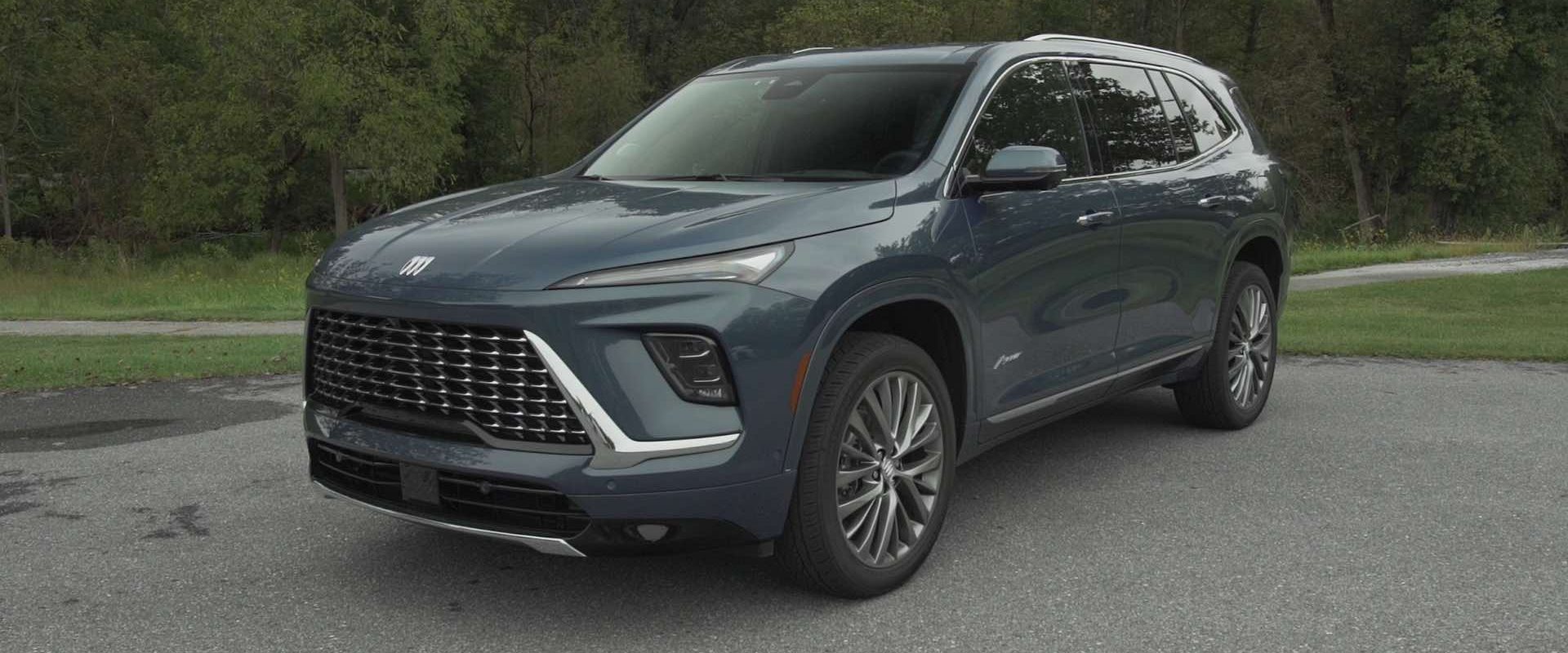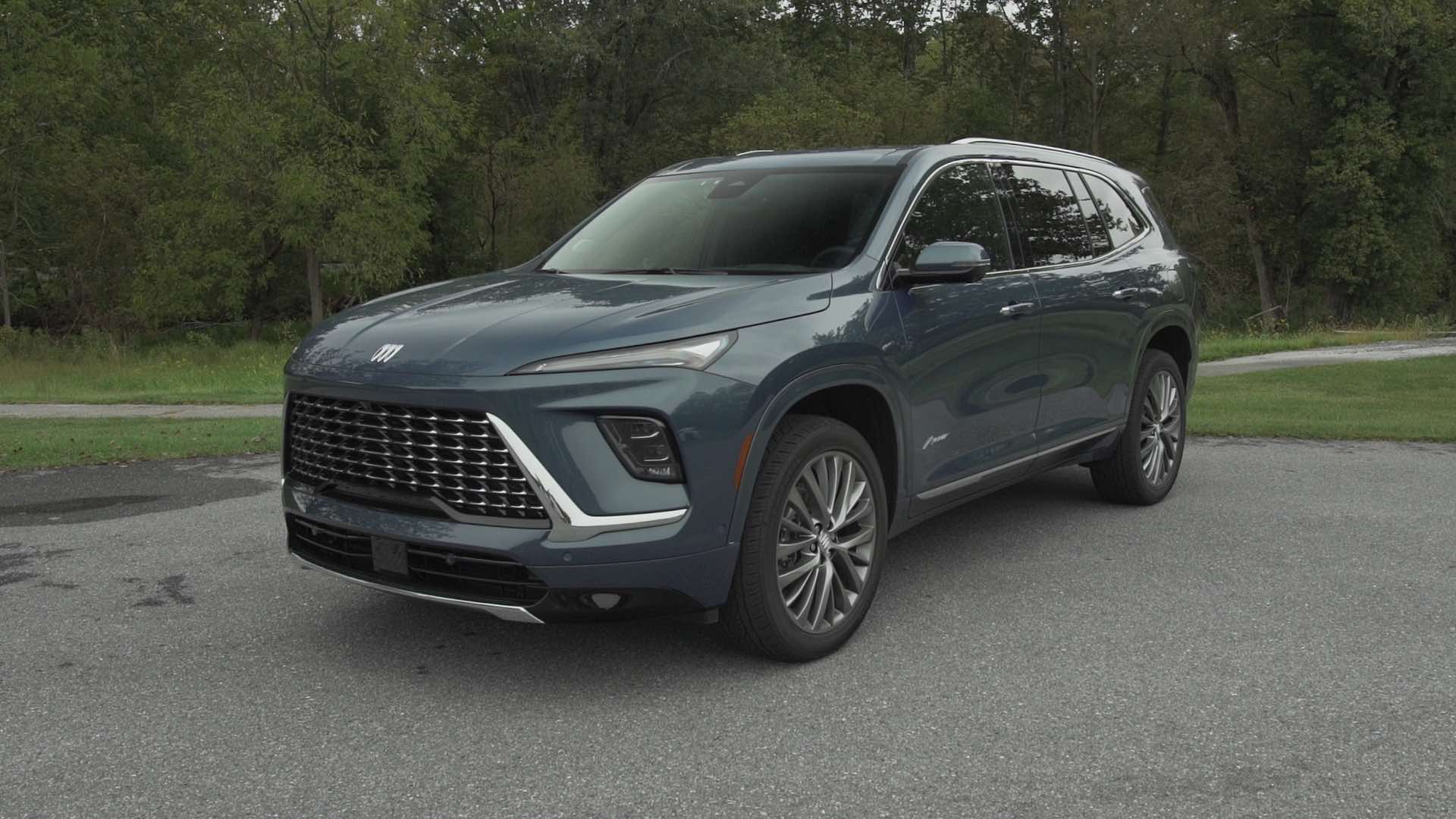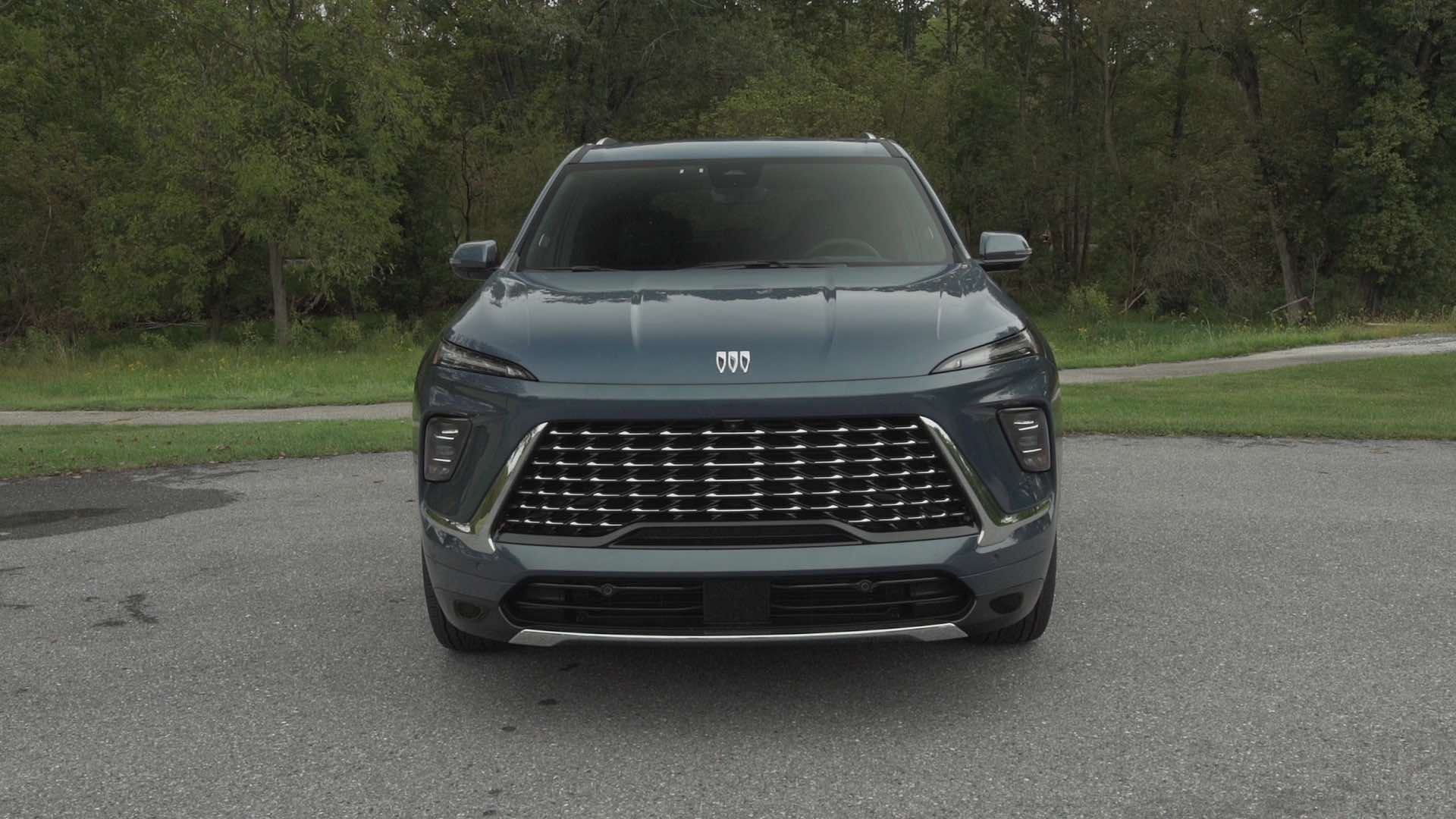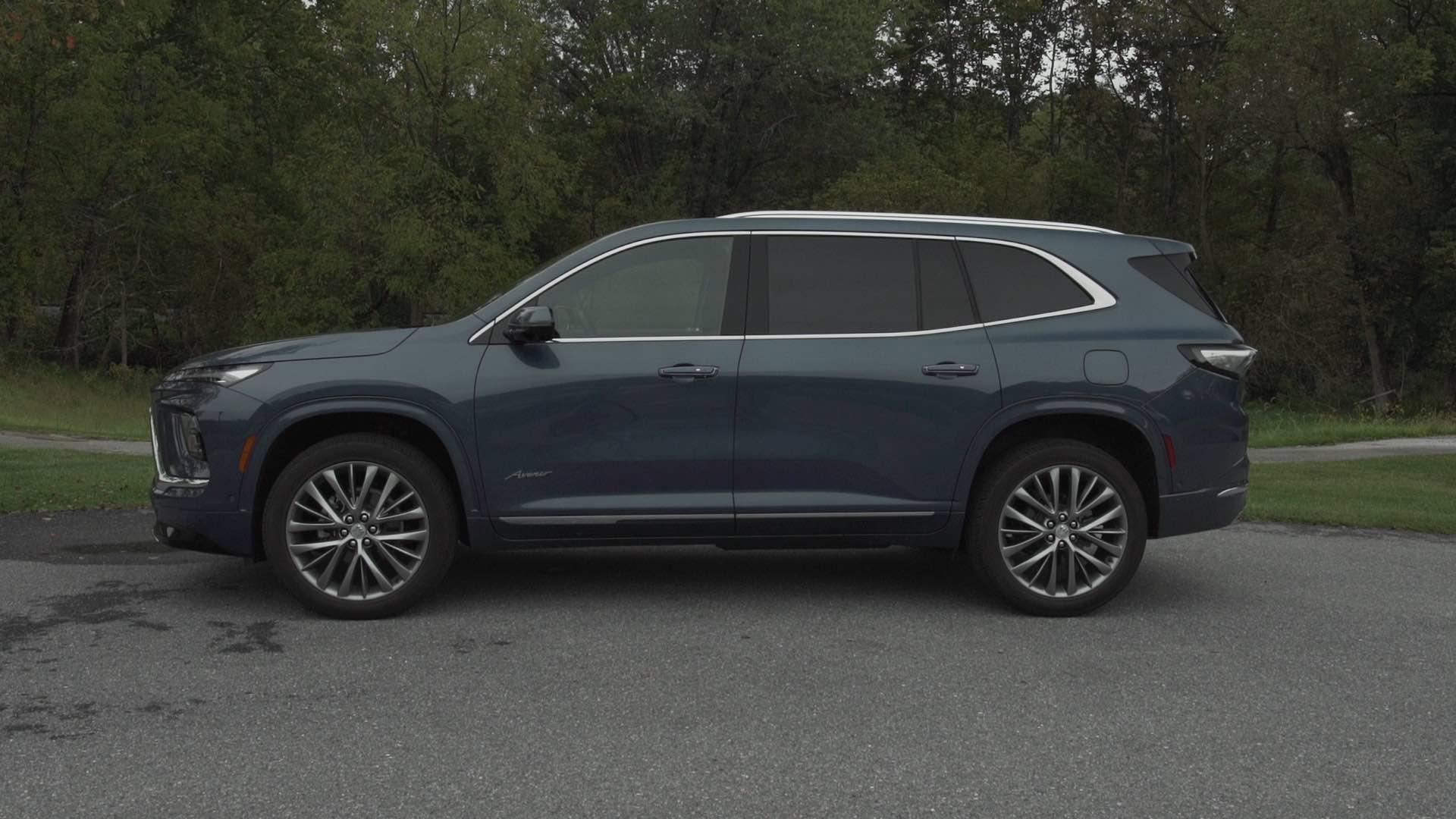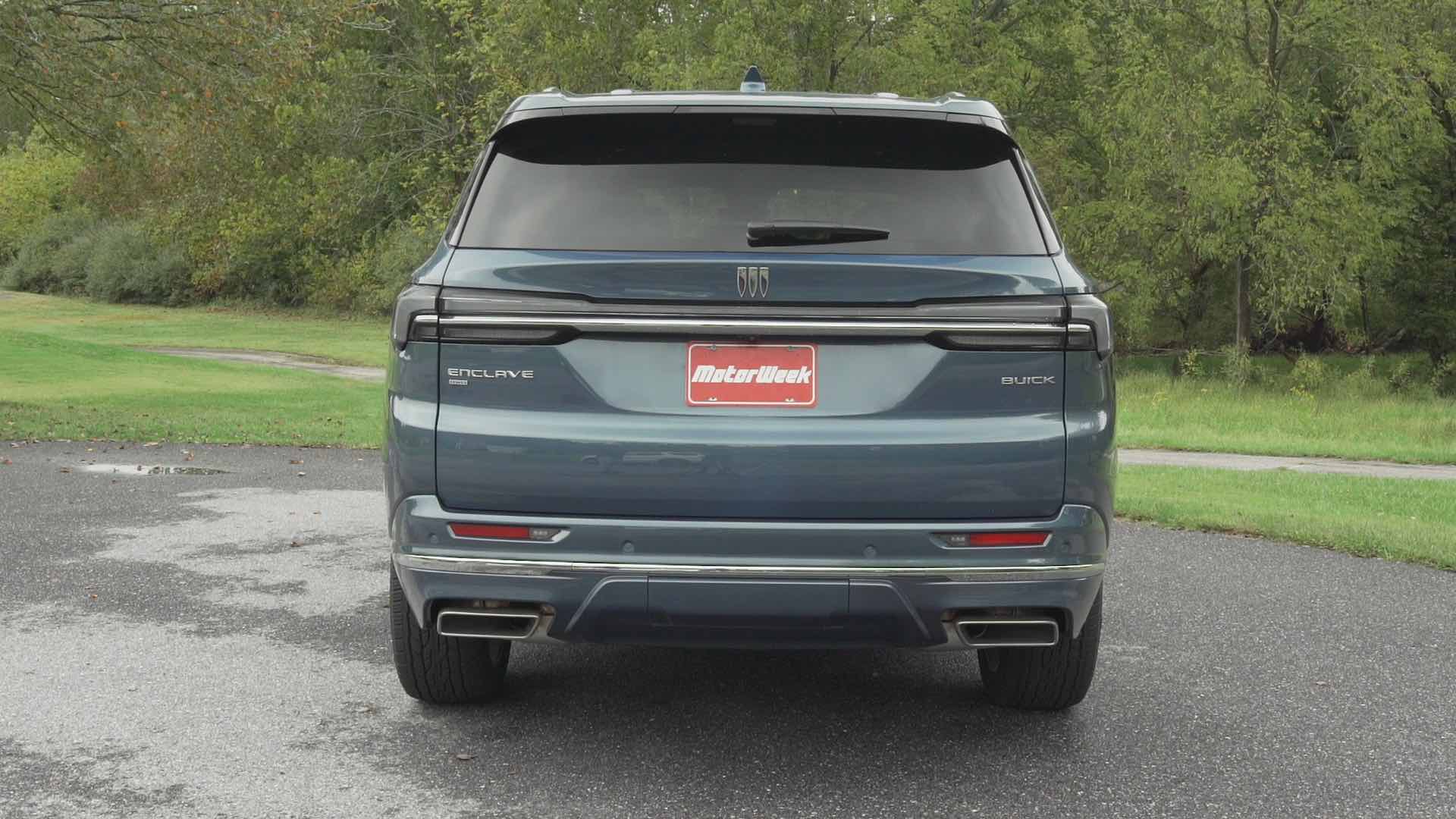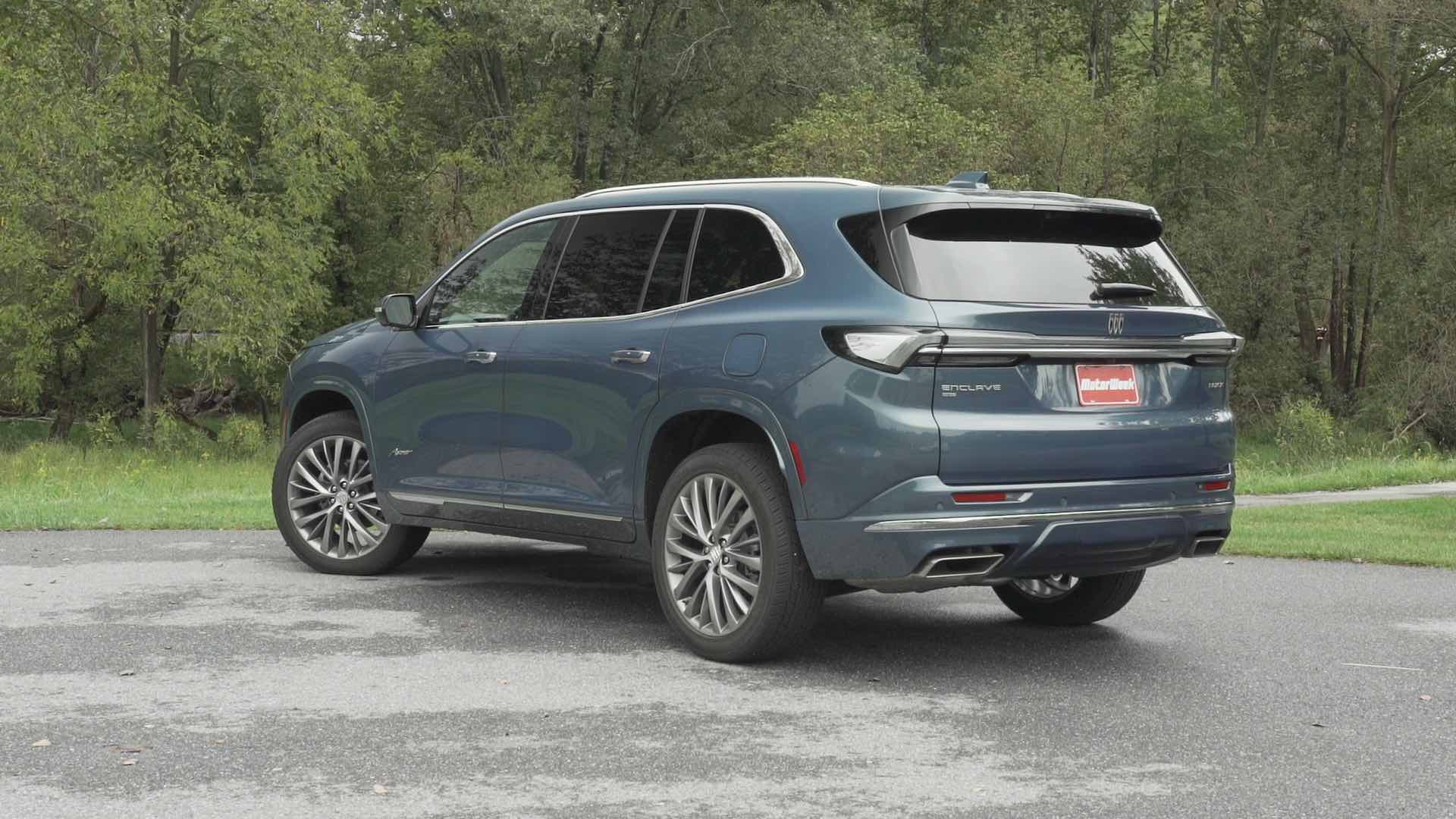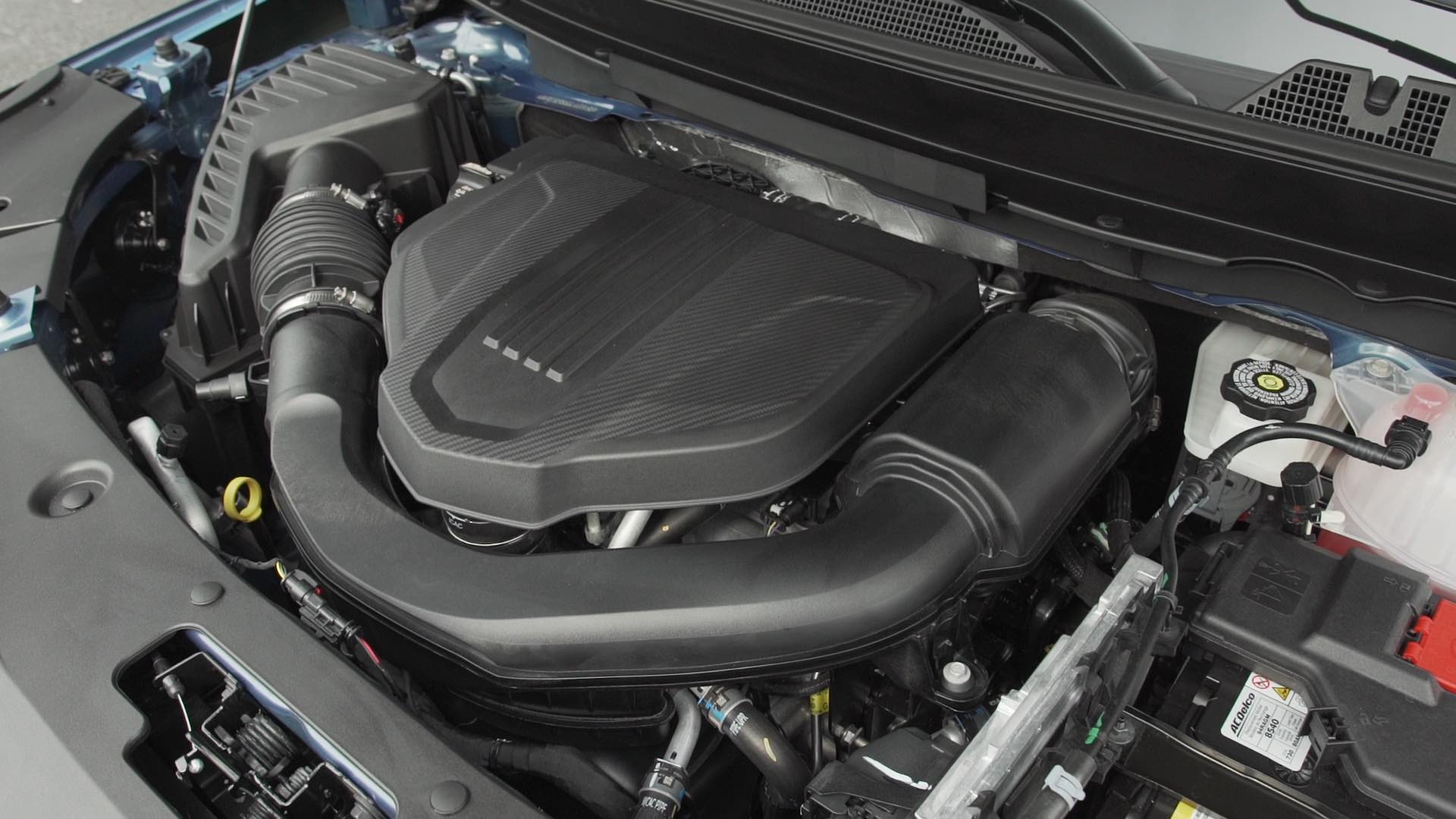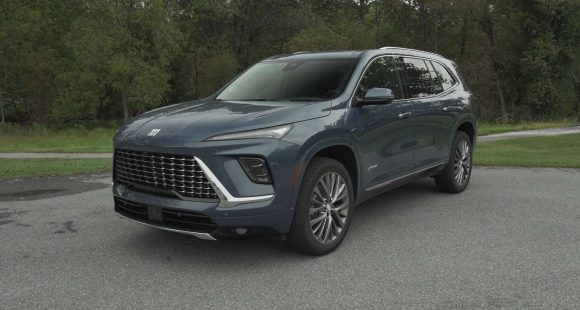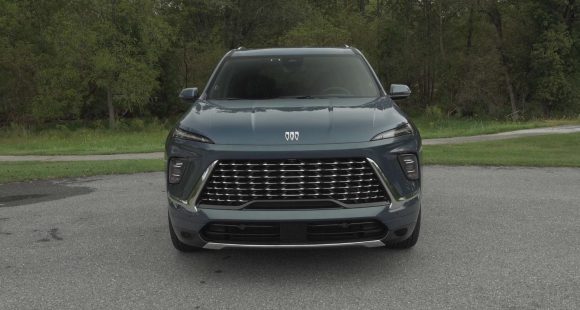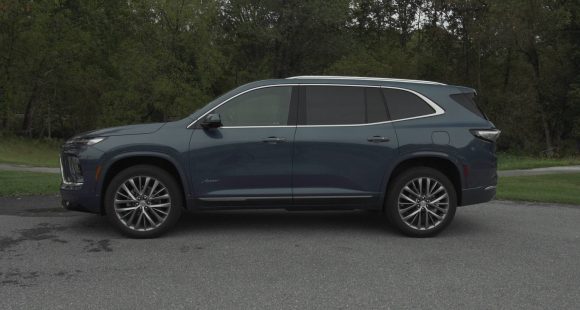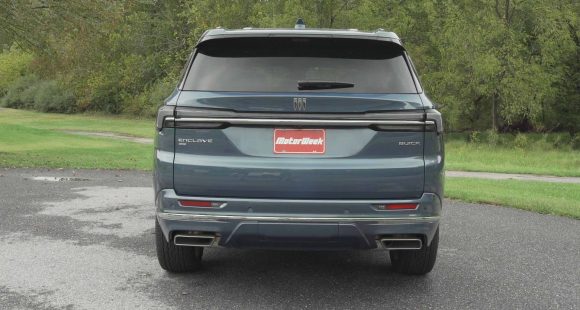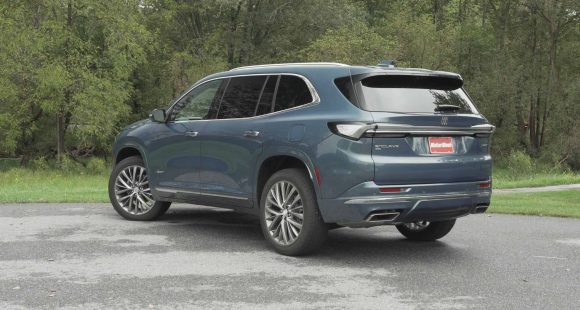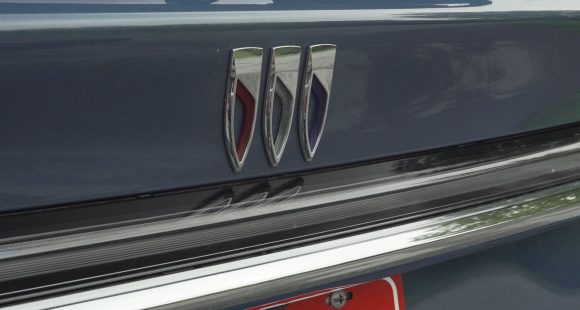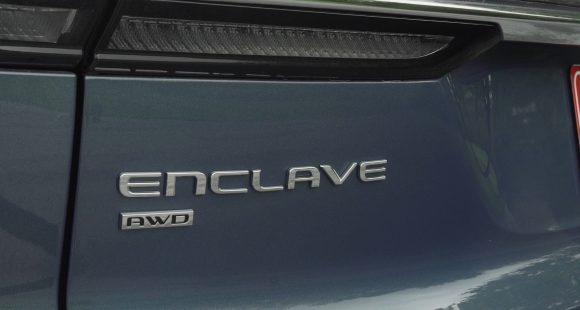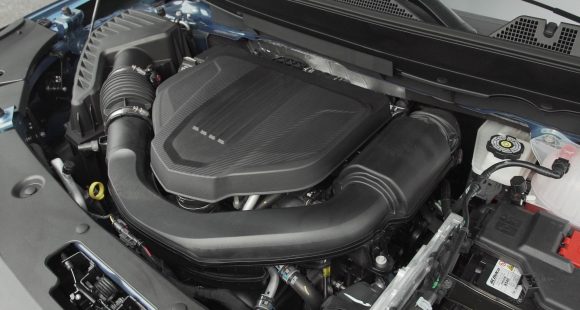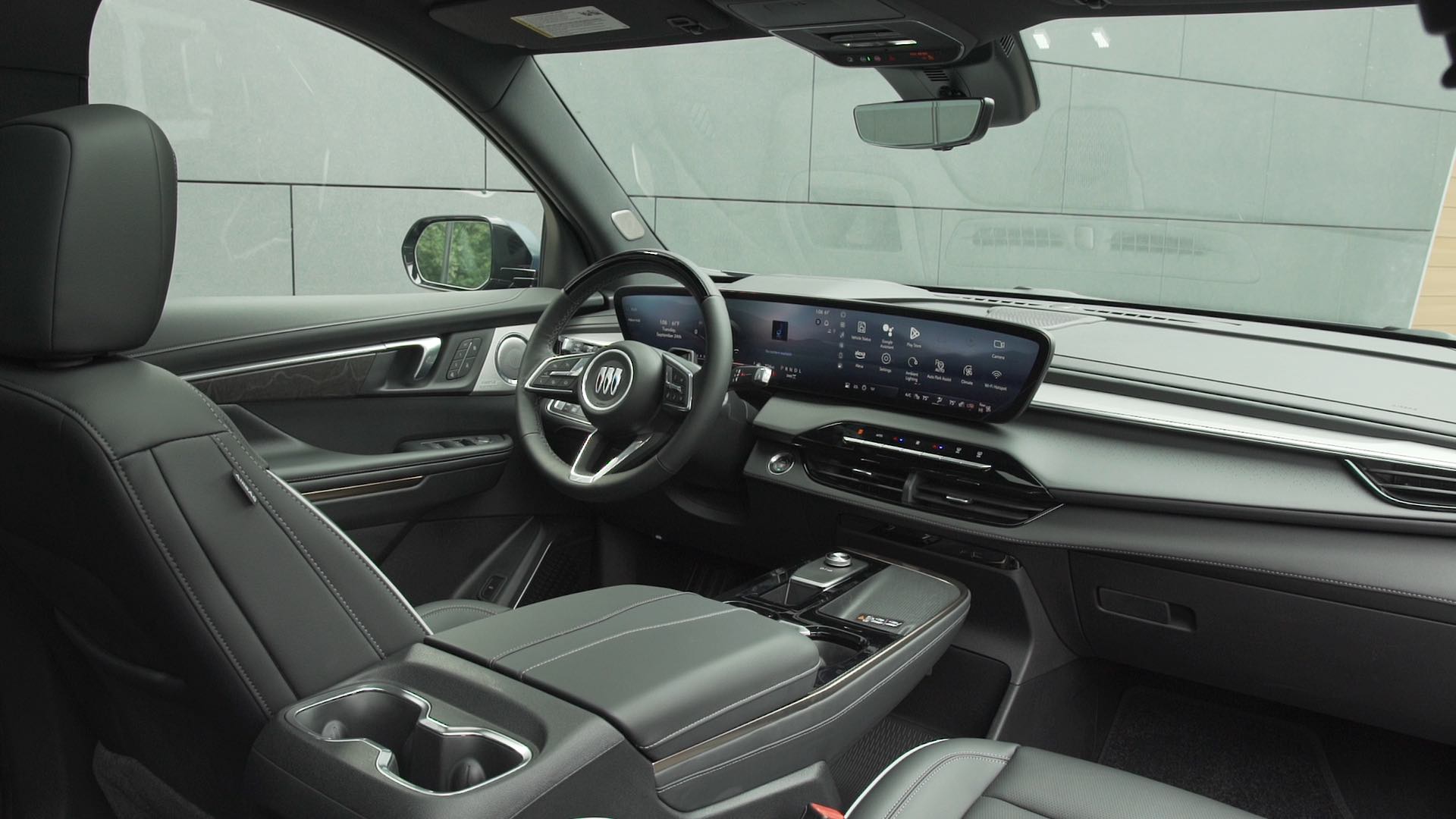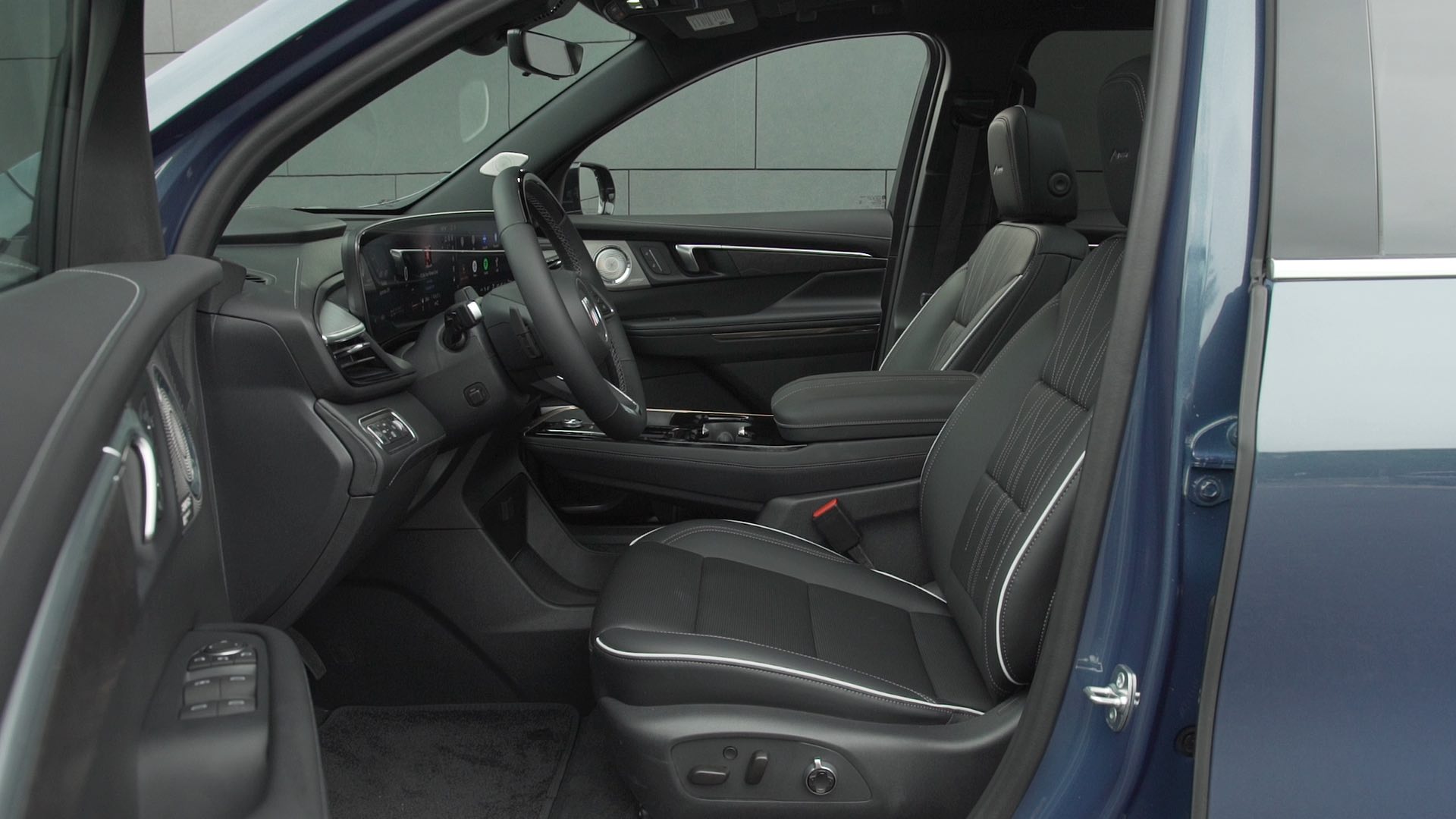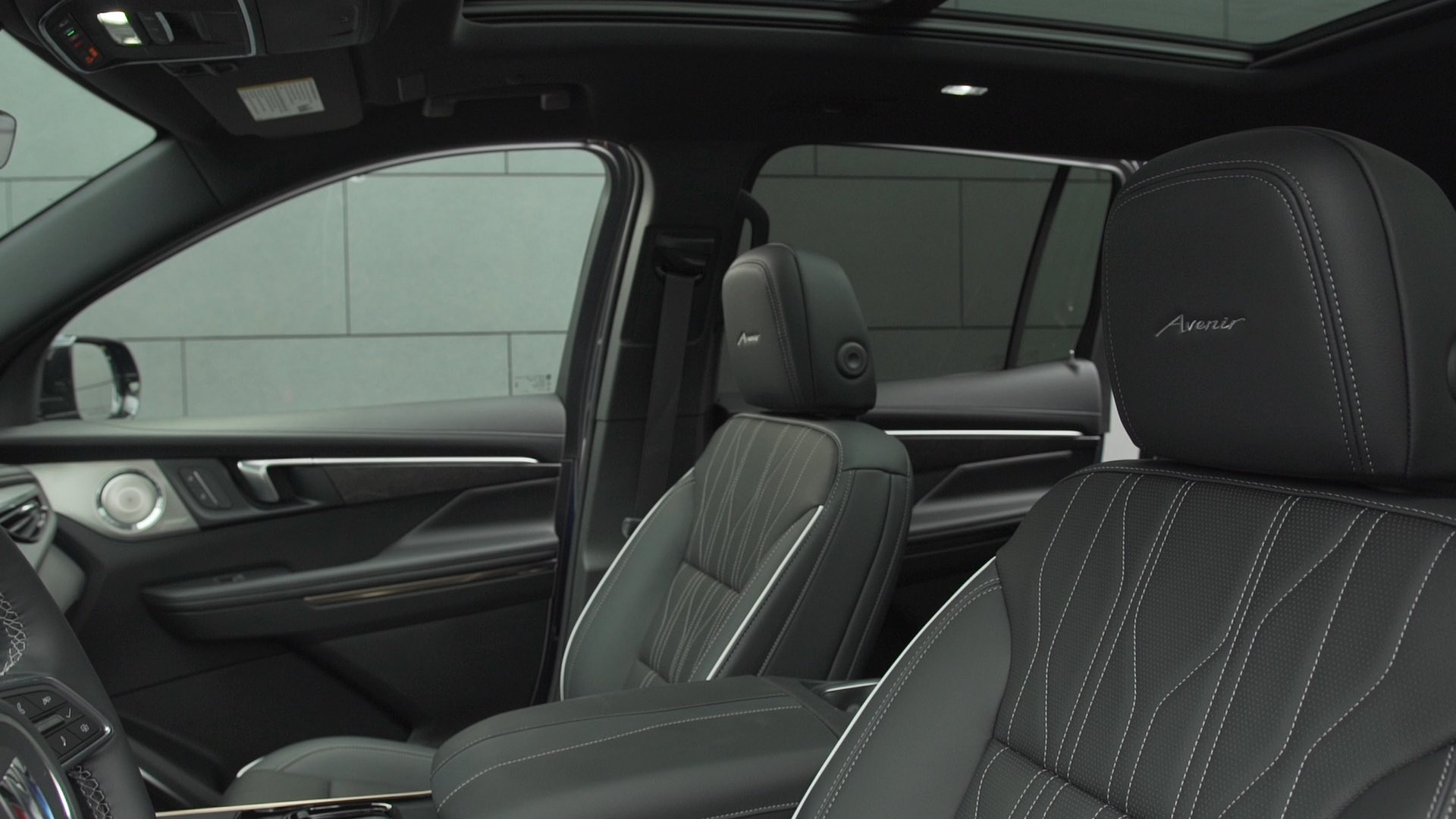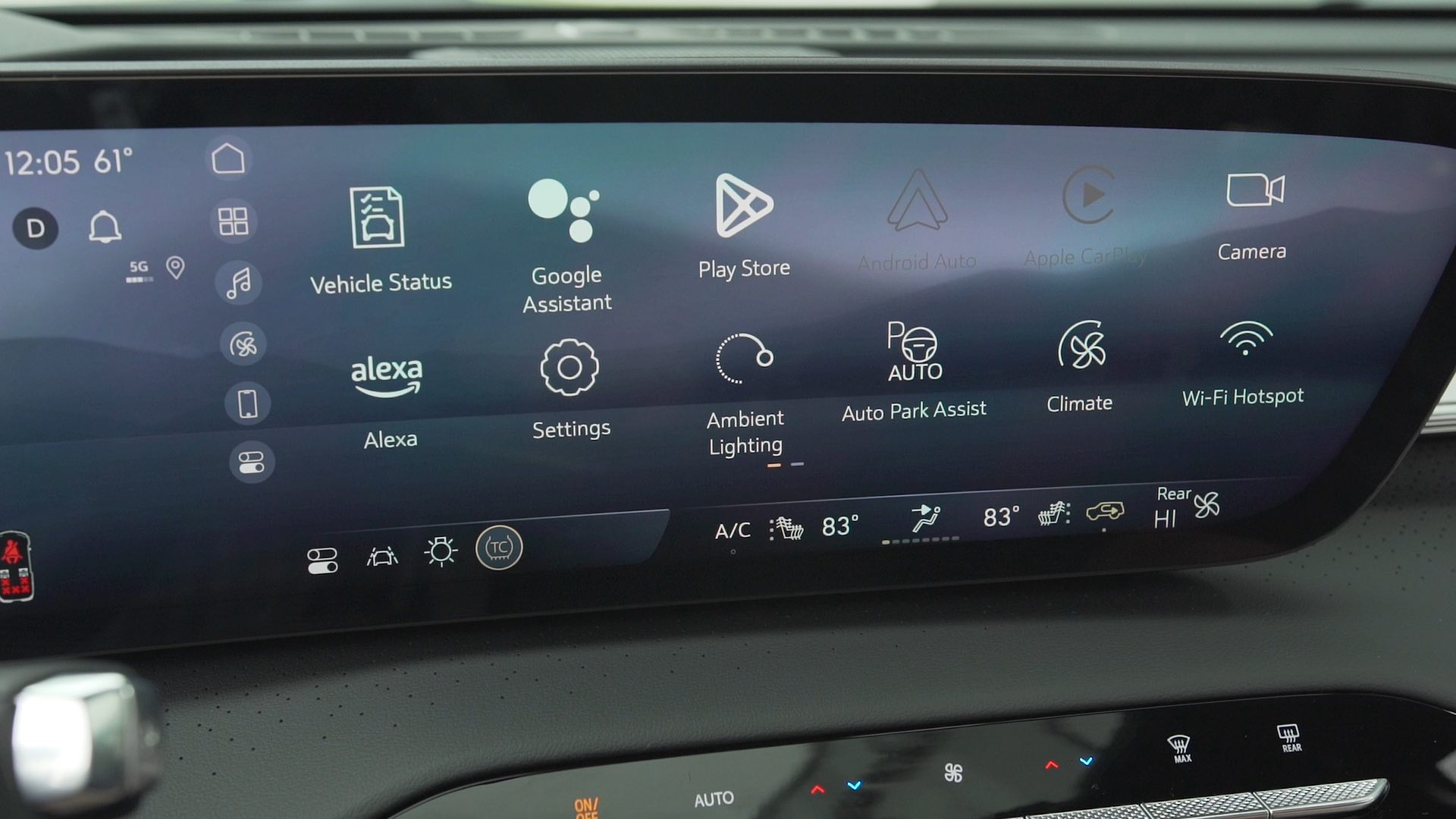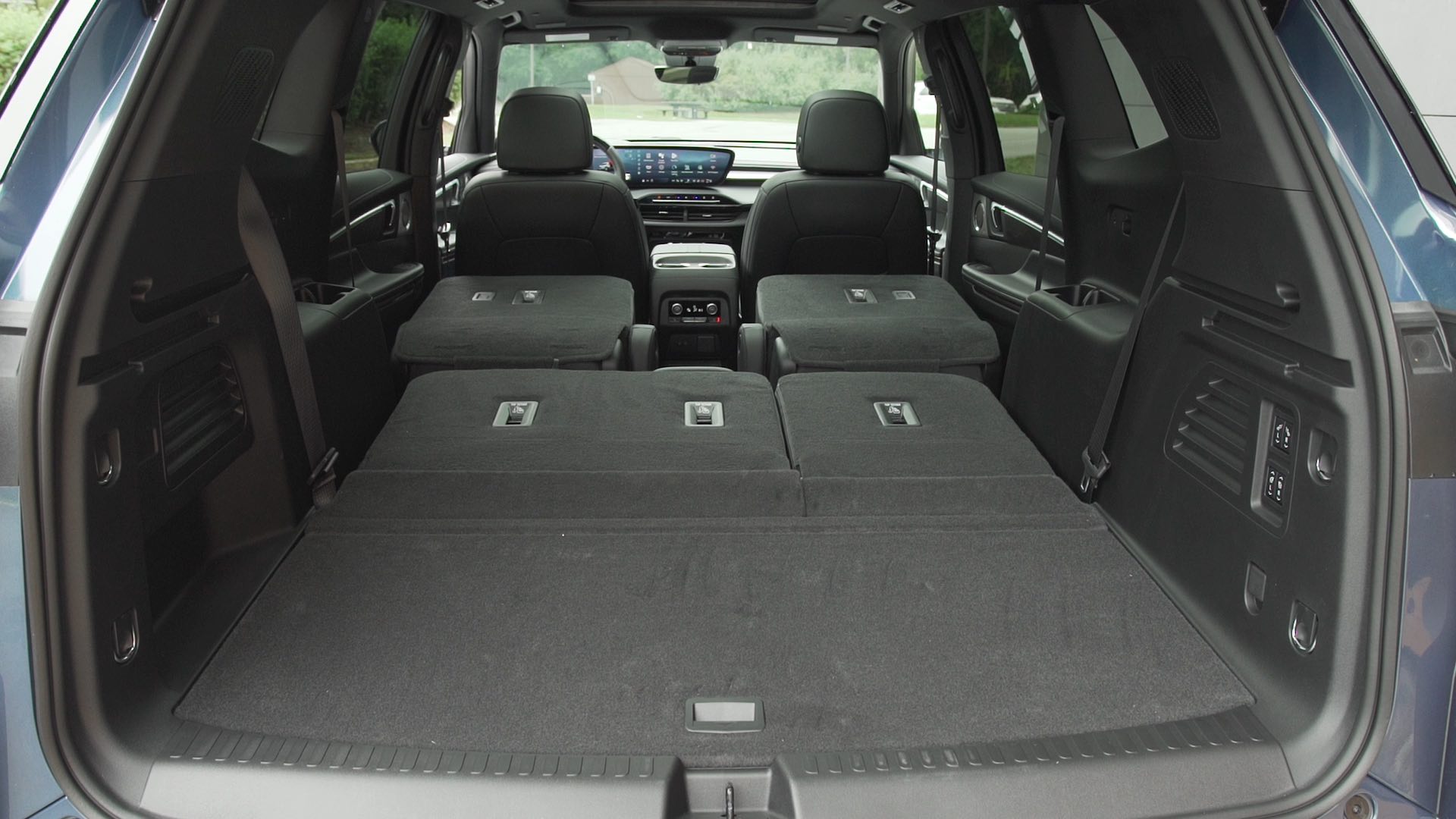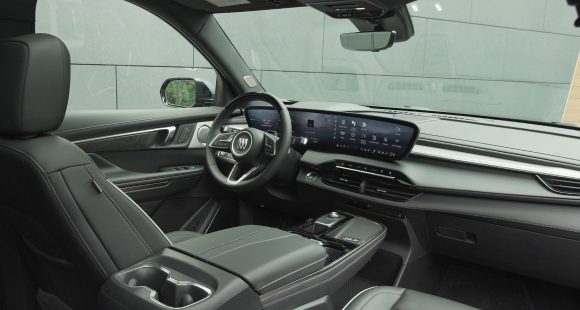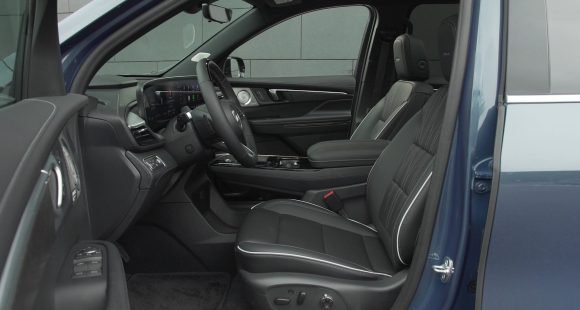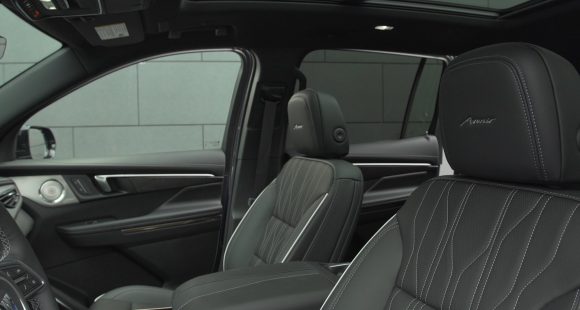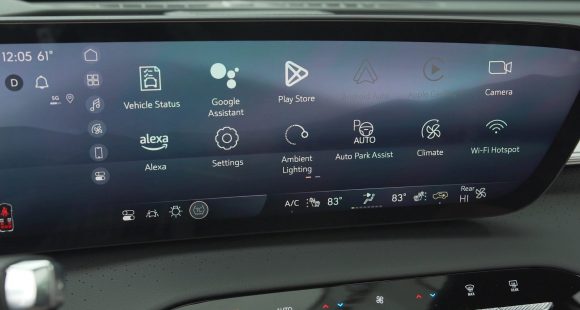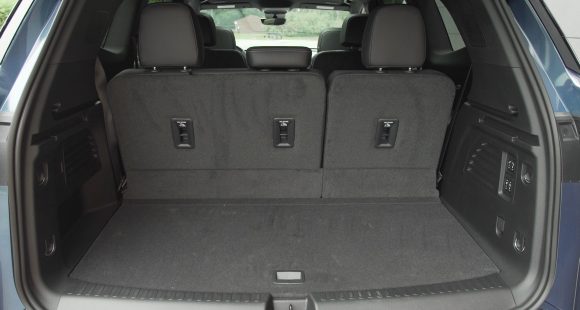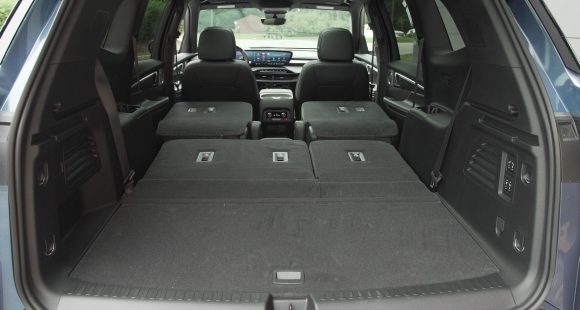2017 Hyundai Elantra Sport
Call us skeptics all you want, but whenever a carmaker tacks the word “sport” onto an existing model, we instantly look for reasons to cry foul. And when it comes to Hyundai, well they haven’t really delivered too much in the way of “sporty” goods lately. Well, let’s see if that changes with a new Elantra sport.
When we last left the 2017 Hyundai Elantra, we predicted its increased refinement and competency would do wonders to help it become increasingly competitive against more established rivals from Honda and Toyota.
Well that has indeed been the case, so adding a Sport version into the mix, should only help the cause even more. Right?
And, hiring a BMW M engineering veteran to help put an all new multi-link suspension under the rear of this sedan is certainly a good way to start. The Elantra Sport’s new setup really makes it feel well-balanced and nimble; yet there’s no harshness to it, as overall ride quality remains quite good.
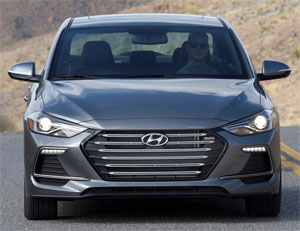 Front and rear spring rates are increased, thicker stabilizer bars are in place, and standard wheels are 18s. The total result is nicely solid grip through the cones. It stayed surprisingly flat as well, with enough steering feel to bring a smile or two to our faces. So, yea!
Front and rear spring rates are increased, thicker stabilizer bars are in place, and standard wheels are 18s. The total result is nicely solid grip through the cones. It stayed surprisingly flat as well, with enough steering feel to bring a smile or two to our faces. So, yea!
Hyundai’s 1.6-liter I4 turbo deals out the power; with horsepower at 201; torque, at 195 lb-ft. And there’s even a 6-speed manual transmission standard. A 7-speed DCT is available.
With the manual, we launched the Sport to 60 in 7.0-seconds flat; two seconds quicker than our last Elantra sedan test. Engine noise is, however, fairly pronounced; making us wish the more pleasing notes coming from the exhaust were louder.
We love the manual tranny. Shifter throws might be a little long for some, but come on, this is not a high-dollar performance car; just enjoy the fact that you get to have some interaction with a car for a change.
The ¼-mile was almost two seconds quicker too, at 15.6-seconds at 92 miles-per-hour. Quite a difference; and combined with the handling attributes, we think Hyundai has done more than enough to earn the Sport moniker.
The exterior gets an upgrade as well, with a more aggressive body kit; featuring a new front fascia with a black grille and unique lighting, sill extensions down the sides, and dual chrome exhaust tips for the diffuser-style rear fascia.
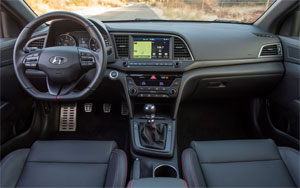 Inside, there are sport seats with more bolstering and red stitching, as well as a new flat-bottom steering wheel. The logical layout is familiar Hyundai, and there even seems to be some shared switchgear with Kia.
Inside, there are sport seats with more bolstering and red stitching, as well as a new flat-bottom steering wheel. The logical layout is familiar Hyundai, and there even seems to be some shared switchgear with Kia.
But that’s not all that’s new on the Elantra home front however, as 2018 brings a new Elantra GT hatchback.
As before, this Elantra is based on the European Hyundai i30. So it’s actually quite different than the sedan; especially inside where you’ll find a whole new dash and control layout, one that we’re quite fond of.
"This Hyundai Elantra GT represents the brand’s latest thinking about small cars, and is clearly aimed at those that might want a small utility vehicle instead. You sit rather high and the boxy hatchback rear end means plenty of cargo versatility. I like the fact the tablet-style media interface uses not only a touchscreen but there’s plenty of knobs and switches to control it. So, it’s not only modern it’s smart."
That SUV-style cargo volume measures 24.9 cubic-ft. seats up, 55.1 with rear seat backs folded. The downside, rear seat leg room that isn’t as generous as the sedan.
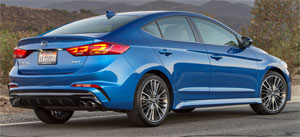 Power for the Elantra GT comes from a naturally-aspirated 2.0-liter I4 with 161-horsepwer and 150 lb-ft. of torque, though a GT Sport model, with the 1.6-turbo is available as well.
Power for the Elantra GT comes from a naturally-aspirated 2.0-liter I4 with 161-horsepwer and 150 lb-ft. of torque, though a GT Sport model, with the 1.6-turbo is available as well.
Government Fuel Economy Ratings for the 2.0-liter Elantra GT automatic are 24-City, 32-Highway, and 27-Combined. For the Elantra Sport manual, they’re 22-City, 30-Highway, and 25-Combined.
Still, that’s only an average Energy Impact Score with use of 13.2-barrels of oil annually with CO2 emissions of 5.9-tons.
Elantra Sport pricing starts very sensibly, at $22,485; $4,500 over the much less entertaining base SE model. Elantra GTs begin at $20,235.
The 2017 Hyundai Elantra Sport may fall short of performance-only machines like the Focus ST or Impreza WRX, but it’s certainly a bigger step in that direction than they’ve previously made. So, it offers a quite rewarding driving experience without compromising daily family car livability. As for the 2018 Elantra GT; it offers a sporty alternative to small front-drive crossovers; making a great case for the compact hatchback.
So, as we see it, the latest Elantra, in all its forms, is indeed more competitive, and now more entertaining, than it’s ever been.
Specifications
- Engine: 1.6 liter
- Horsepower: 201
- Torque: 195 lb-ft.
- 0-60 mph: 7.0 seconds
- 1/4 mile: 15.6 seconds @ 92 mph
- EPA: 22 mpg city / 30 mpg highway
- Energy Impact: 13.2 barrels of oil/yr
- CO2 Emissions: 5.9 tons/yr
2025 Buick Enclave
Buick’s Biggest Utility Gets More Premium Look, Less Premium Powertrain
Buick is now an all SUV brand with the three-row Enclave sitting at the top of their lineup. And for this all-new third generation, it looks like Buick has finally given it the true flagship treatment it deserves. Reason enough for us to see what else new this posh performer has in store.
Don’t think of this 2025 Buick Enclave as just a new third generation of Buick’s largest three-row SUV, but more of a total reboot for a luxury segment pioneer. Part of that reinvention is swapping out the 3.6-liter naturally aspirated V6 engine, that has been the heart of this large crossover since it arrived on the scene for 2008, for a new 2.5-liter turbocharged four-cylinder.
Though using two fewer cylinders, it rates 18 more horsepower at 328. The gain in torque is even greater, climbing from 266 to 326 lb-ft.
Power from a start and when tooling around town feels pretty good, but you do notice that engine working hard under the hood; there is more engine noise and it’s not as smooth as many competitors who have also made the switch to turbo-four power. Max towing rating remains at 5,000 lbs. The new standard automatic transmission loses a gear, dropping from nine to eight, a simplifying move we applaud. All-wheel drive is a $2,000 option with all trims.
The Enclave rides on the same front-wheel-drive based chassis that supports the Chevrolet Traverse and GMC Acadia. It remains the most luxurious of the three, though all have made big upward strides. And that luxurious feel is very evident inside where things appear special without flaunting it. Materials are vastly improved over the last gen, especially in top Avenir trim which is the choice for most Enclave buyers.
Front seats are very comfy, well suited for long days of highway travel. It’s hard to miss the 30-inch ultra-wide display, similar to Cadillac’s. It is big, but not intimidating as operation is very logical and you can easily configure things as you want them, including bringing the nav screen up full in front of the driver.
Front seats are very comfy, well suited for long days of highway travel.
Between the seats is a very substantial console with lots of storage space and standard wireless phone charging. There is definitely room for full-size adults in all three rows of seating. Big, plush captain’s chairs with all trims for the second row; and a less plush but still comfortable three-place third row.
GM’s Super Cruise has now made it to Buick’s lineup, available as a standalone package for any trim. It remains a favorite of ours for hands-off highway cruising. Despite feeling adequately powered on the street, the Enclave’s turbo-four felt a little out of its element at our Mason Dixon Dragway test track. There was very little jump off the line, just a slow wind up to 60 of 8.0 seconds, with the quarter-mile completed in 16.0 seconds flat at 92 mph.
We could really feel the Enclave’s weight in our handling course, about 150-lbs. over last year, even with less motor under the hood. But there was very little body roll, and no excessive oversteer or understeer. In panic braking runs, there was good feel through the pedal, and solid stops from 60 averaging a fine 111 feet.
To all of our eyes, the Enclave is bigger yet much better looking than before. Now more sophisticated using Buick’s PURE philosophy which emphasizes Purity in design, Unexpected details, Refined finishes, and Exceptional execution.
With all-wheel drive, Government Fuel Economy Ratings are 19 City, 24 Highway, and 21 Combined; we managed a great 24.9 mpg of Regular. That’s a slightly below average Energy Impact Score, consuming 14.2 barrels of oil yearly, with 7.0 tons of CO2 emissions.
No more Essence or Premium Enclaves, as the new gen brings new trim names along with it; the base option now being Preferred which starts at $46,395, and unless you choose white, you’ll be paying extra for all exterior colors. Just a short step from there to the Sport Touring for $48,795, and then a much bigger bounce up to Avenir at $59,395.
With so many big utes now aimed at luxury and near luxury buyers, it’s getting harder and harder for Buick to stand out. Being an all-utility brand, with one of the freshest lineups in the industry, will no doubt help. The 2025 Buick Enclave is a very stylish, well-equipped, well executed large three-row crossover that’s priced right.
Specifications
As Tested
- Engine: 2.5-liter turbo-4
- Transmission: 8-speed automatic
- Horsepower: 328
- Torque: 326 lb-ft.
- EPA: 19 City | 24 Highway | 21 Combined
- 0-60 mph: 8.0 seconds
- 1/4 Mile: 16.0 seconds at 92 mph
- Braking, 60-0 (avg.): 111 feet
- MW Fuel Economy: 24.9 mpg (Regular)







